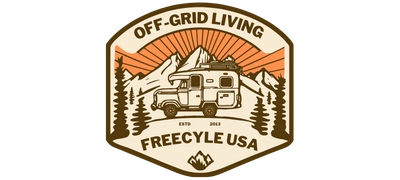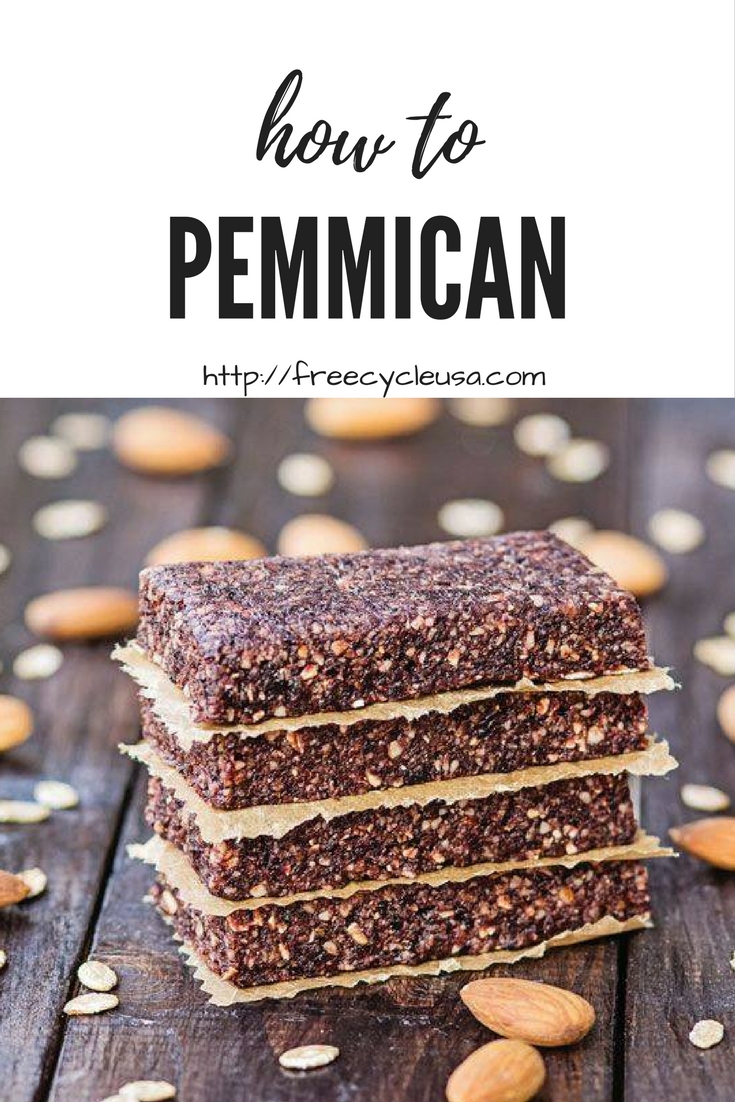How To Make Pemmican Survival Super-Food
What is Pemmican? Pemmican is basically an energy bar made out of shredded jerky, dried fruit, and fat. These have been made historically by Native Americans and Homesteaders. Creating pemmican makes an energy source that has more calories and longer shelf life than jerky alone.
Pemmican Slices
Pemmican shelf life is very long because it has very low moisture and a very high-fat content. Fat does not grow bacteria. When fat goes bad (or rancid), it goes through a chemical process that occurs with light and air. This chemical change usually smells and does not necessarily harm people like bacteria can. To keep your pemmican smelling and tasting nice, make sure you keep it airtight and away from light. You may consider freezing it as well.
Pemmican has lots of recipes and is very easy to make. Most people suggest a 1:1:1 ratio of jerky, dried fruit, and animal fat. The fat ratio will keep it protected and decreases the chances of it going rancid.
Once the meat is shredded and the fat is rendered, this recipe also uses a 1:1 ratio. I will reference this recipe and talk about variations below.
Dry the meat
The Lost Ways use 6 lbs of lean red meat and a ⅓ cup of berries. Slice the meat into ¼ of inch strips or even thinner. Cut and keep any extra fat! Fat on the jerky will diminish its ability to dry appropriately for pemmican.
In the video, the meat is dried for 13 hours in the oven. I personally would never do that, because the heat would cook everyone in my house with the jerky! Alton Brown, a Food Network cook, has a great method of drying meat using air filters and a fan that works very well. You can find that method here. Of course, you could always use a food dehydrator or just buy some jerky all ready to go!
During a survival situation, hang your meat over a fire for at least 12 hours. Make sure your meat is brittle after drying. If it is still rubbery and soft, it is not dry enough.
Grind the meat and berries.
You can use a food processor or blender for this step. In a survival situation, shred the jerky and crush the berries into a powder.
Render the fat.
The recipe in the video calls for 2lbs tallow (or fat). You can buy this from a butcher, or slice if off yourself from un-butchered meat. Lard from a store would not be as fresh, but would also work. Do not use butter! The dairy will go bad far quicker than other types.
Next, you’ll heat up the fat to about 225-250 degrees Fahrenheit and stir every 2 minutes. Making this fat too hot will cook out the fatty acids that will work toward preserving the meat. Once the fat boils and is bubbling around the larger chunks of fat, you can reduce the heat (about medium heat) and let it simmer. Simmer for about an hour and strain the chunks out.
Combine the ingredients.
Once you have determined your jerky and fat are at a 1:1 ratio by using a scale, you can add the jerky and berries. Stir well.
Store the Pemmican.
The Lost Ways ask the reader to place the pemmican straight into an airtight bag and store it. In other recipes spread the pemmican out onto a baking sheet, let harden, and then slice bars. Either way, you’ll need to keep it airtight to keep it from going rancid. I would suggest Mylar bags and some oxygen absorbents increase shelf life. Ziplock works fine for convenience.
Other variations include nuts, honey, syrup, or almond flour. I would try to keep this as simple as possible. However, honey could make your pemmican bar hard as it crystallizes, and nuts go bad quicker.
Pemmican should be able to last for several years when made and stored properly. Store at home or in your Bug Out Bag for a quick getaway. When eating, try to chew slowly to increase the sensation of a larger meal.
Click below to check out the video for a thorough explanation and to see how it’s done!
Save
Save
Save
Save








